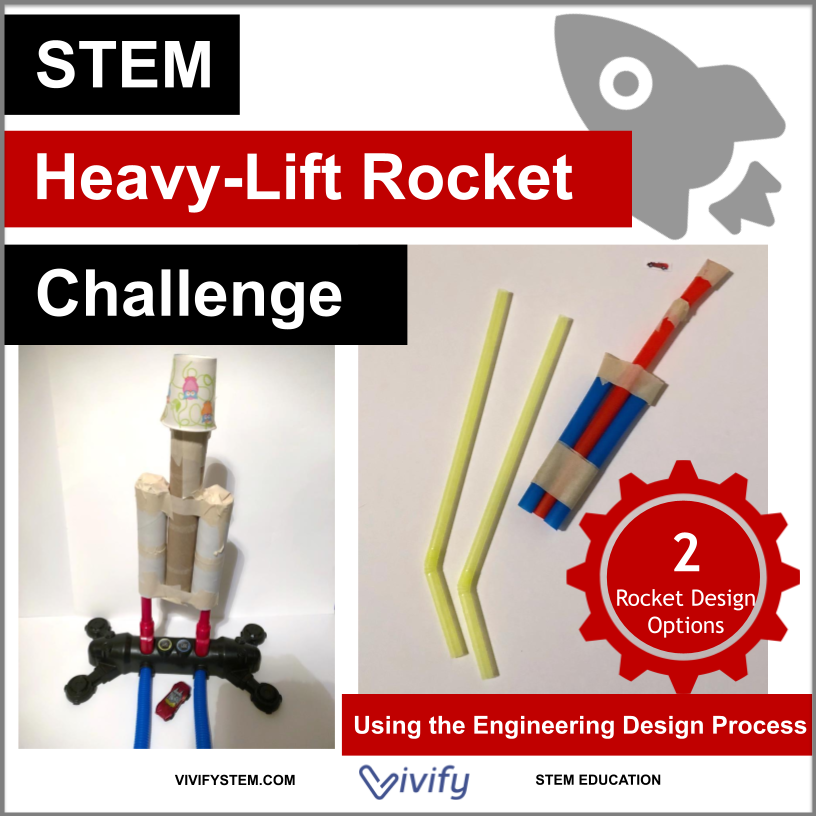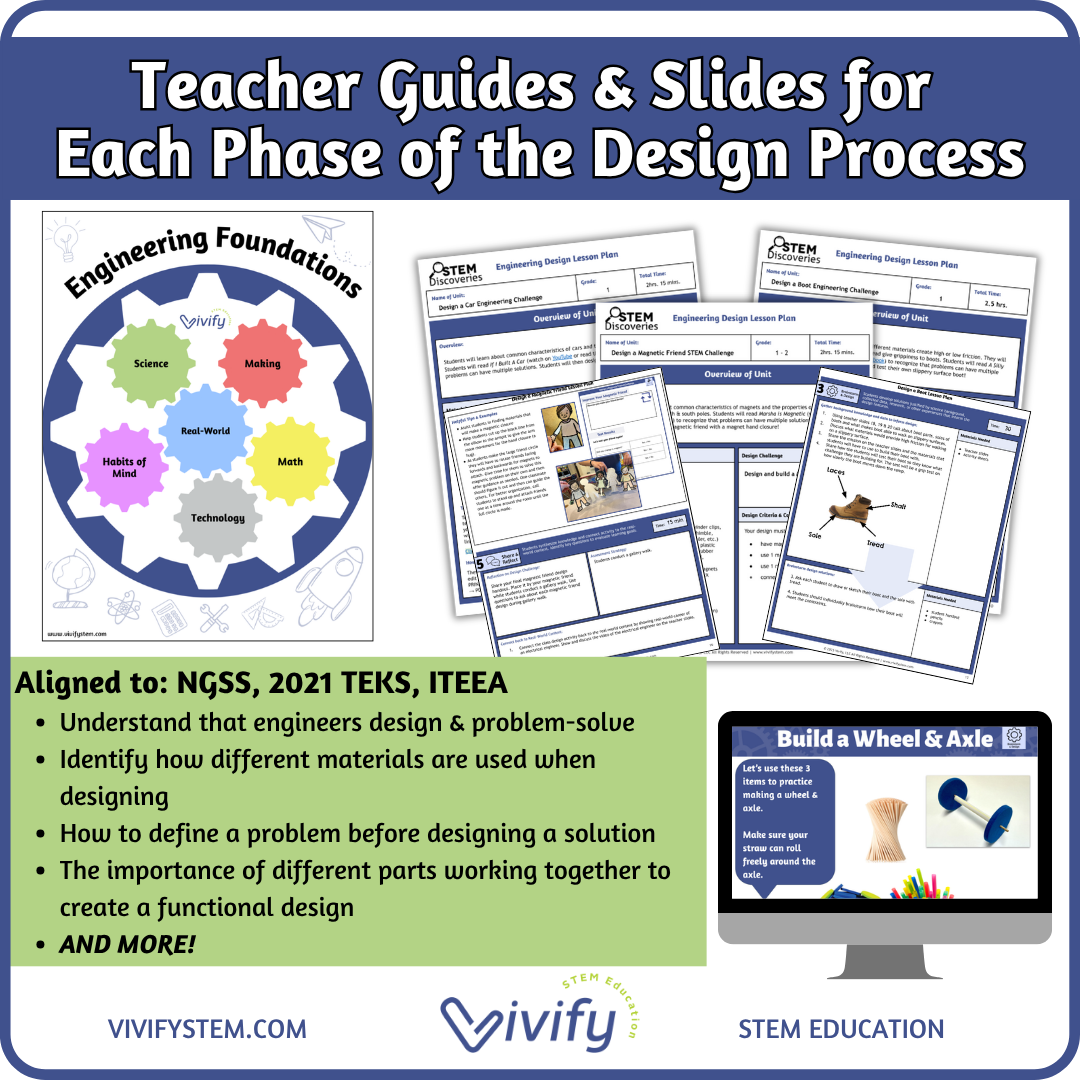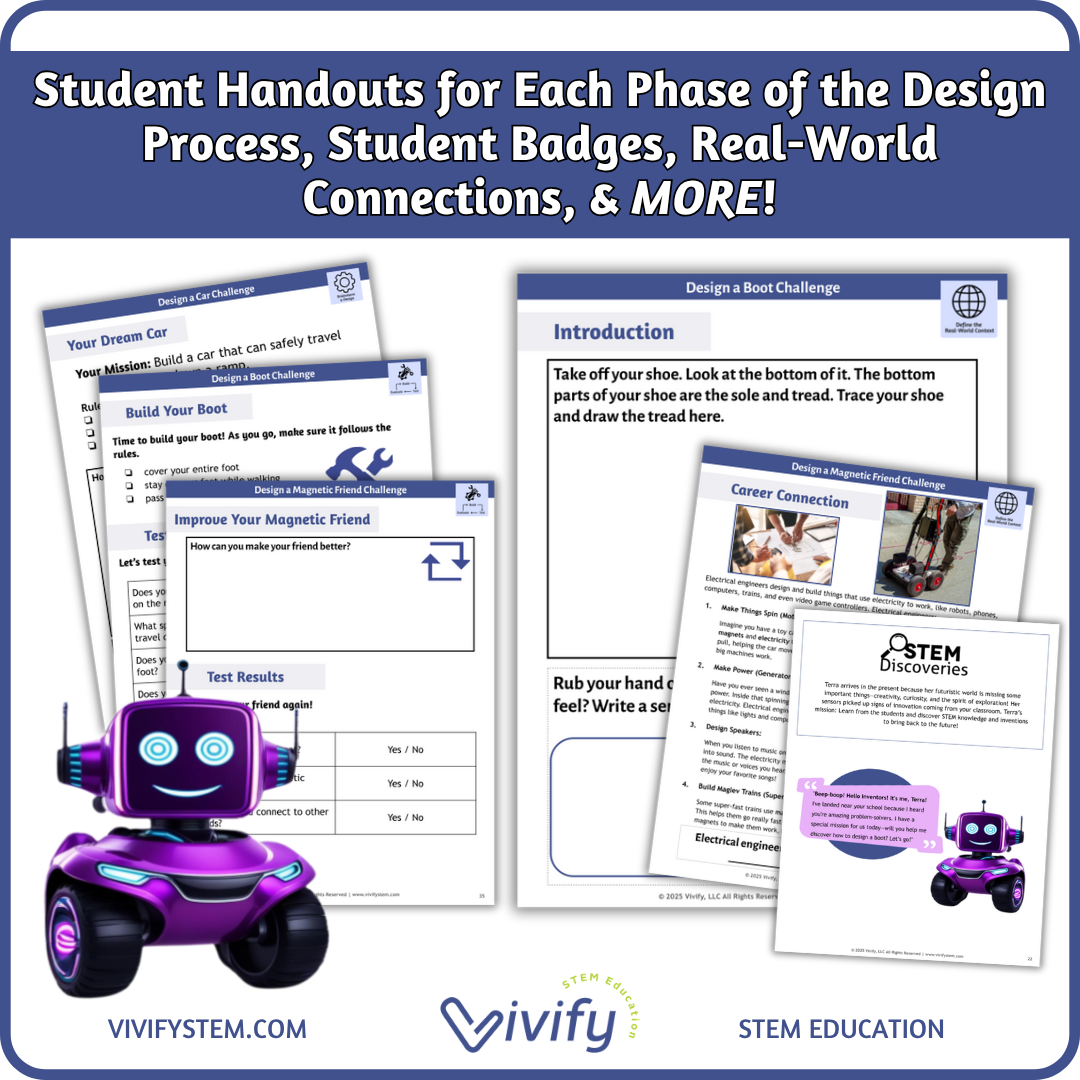Falling Objects Inquiry | Force & Motion 5E + Engineering Design
Engage your students in an exciting exploration of physics and engineering with this hands-on, inquiry-based activity all about the science of falling objects! Designed to introduce the concepts of gravity, motion, and air resistance, this 5E STEM lesson scaffolds the learning of engineering science concepts that are then applied to an engineering design challenge.
Note that this is a 5E science inquiry version of our popular Space Lander Design Challenge that dives more deeply into the science concepts behind the design challenge.
Complete 5E Science Inquiry Unit:
Engage: Class discusses the driving question: "If I drop two objects, will they land at the same time?"
Explore: Conduct an experiment to answer the driving question. Graph results, share with classmates, and compare data.
Explain: Connect findings to science concepts, including learning the history of human understanding of falling objects
Elaborate: Extend understanding with a Space Lander Engineering Design Challenge and STEM Career Connection.
Evaluate: Check for understanding with discussion, reflection, peer review, and a final Exit Ticket.
5-Lesson Sequence (Approx. 5 x 60-minute Sessions)
Introduction to Falling Objects + Graphing & STEM Career: Mechanical Engineer
Object Drop & Observations + Graph Sorting
Parachute Lab to Visualize Drag
Science Concepts & Peer Discussion + Vocabulary Building
Space Lander Engineering Challenge + Final Reflection & Exit Ticket
Key Learning Outcomes
Learn about the STEM Career of a Mechanical Engineer and their role in spacecraft landings.
Understand the science behind falling objects, including gravity and drag forces
Construct and test parachutes to visualize the effect of surface area and drag on falling speed.
Use models and graphs to represent data and interpret results.
Observe and describe how different shapes and materials affect the descent of objects.
Apply science concepts to an engineering design challenge to safely land "astronauts" using a student-built space lander.
Practice critical thinking, peer collaboration, and the engineering design process.
Recommended Materials:
Stopwatch
Meter/yard stick
Small objects to drop (e.g. balls, toy figures, paper clips)
2 sheets of paper (flat vs. crumpled drop)
Lightweight parachute materials: plastic bags, coffee filters, string
Ruler, scissors
½ sheet of paper
Paper cup
2 ping pong balls
Masking tape
10 cotton balls
8 index cards
6 straws
2021 Science TEKS Standards Alignment (Texas)
Practices: 1(A), 1(B), 1(D), 1(E), 1(F), 1(G), 2(A), 2(C), 2(D), 3(A), 3(B)
Content: 6.8(A), 6.8(B), 7.7(A), 8.6(A), 8.6(C)

























